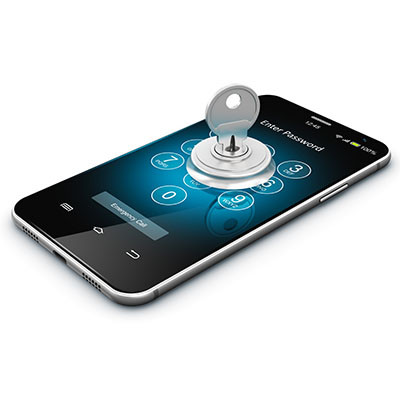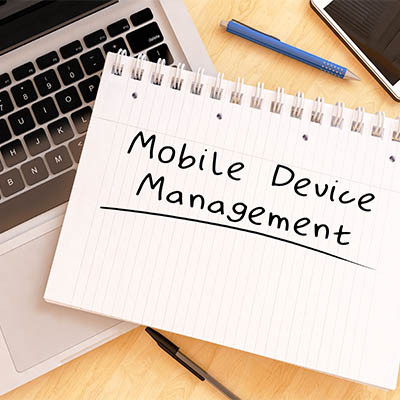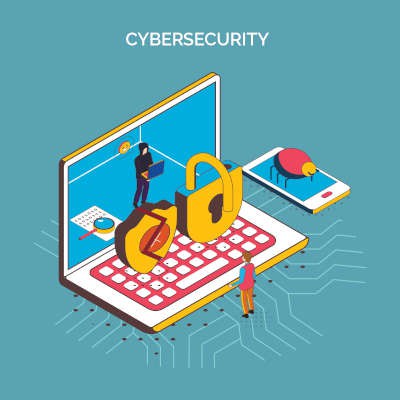With technology becoming more mobile, the way we interact with tech has changed considerably. Now that dial-up has evolved to broadband and cellular networks have dramatically improved, technology has allowed people to become more connected than ever. Your business can improve its communications and operations with the right mobile technology.
Advanced Automation Blog
Mobile devices demand a special type of attention in order to ensure security. You want to ensure that your devices are protected as well as possible, but you also need to ensure that this does not come at the expense of your employees’ productivity or efficiency. We’ve put together a list of common security issues you might encounter when securing your mobile devices, as well as a couple of practices you can implement to work toward an adequate level of cybersecurity for your mobile infrastructure.
As you might expect, the remote circumstances that many business professionals have found themselves in as of late have created challenges that must be overcome, especially in regards to the access and dissemination of data to mobile devices. Let’s examine the mobile device’s role in the modern business and how you can ensure these great tools are being used properly for your organization.
2020 was a contentious—and for the wireless industry, momentous—year. Marking the official start of 5G networks, 2020’s events amongst mobile providers helped to reinvigorate an industry, while making some considerable shifts in the balance. Let’s consider some of these changes, and how the industry will continue to change for some time moving forward as 5G continues to grow.
As serious as they are, cyberattacks aren’t always given the most serious-sounding names. We are, of course, referring to “phishing”: the manipulation of the user, rather than of a computer system, to gain access to data. Phishing can come in many forms, with some—like phishing someone via SMS message—doubling down on the silliness of the name. Let’s examine this variety, and why “smishing” is not something to trifle with.
It may be an understatement to say that business has been difficult thus far in 2020. With all that is going on, nobody should have to deal with cybercrime. Unfortunately, it remains a major consideration for every IT administrator and business owner. With complex solutions being developed to help ward off these cyberthreats, strategies are changing. Today, we thought we’d take a look at four security tools your business should consider to help keep these scammers out of your network.
In response to the coronavirus pandemic, many people are avoiding human contact by turning to the Internet and mobile apps. On a national scope, mobile banking alone has seen an increase of 50 percent over just the last few months. In what certainly is no coincidence, the Federal Bureau of Investigation recently put out a warning that identified banking apps as likely targets for hackers.
Nowadays, laptops are the weapon of choice for productivity. They function much like a desktop computer but are mobile enough to go anywhere with. Unfortunately, most laptops chew through their batteries in only a few hours of work and need to be plugged in in order to function. With so many people working from home, many people are using their laptops more like a desktop and keeping them plugged in around the clock. For this week’s tip, we’ll discuss the best practices of a laptop battery.
We all have our favorite websites to visit, as well as those we often have to visit to fulfill our responsibilities. As a result, it isn’t uncommon for us to try and access the same websites on both a desktop workstation and a mobile device, but some websites work better than others while trying this. This is because of something called responsive web design, which we’ll review below for our weekly Tech Term.













